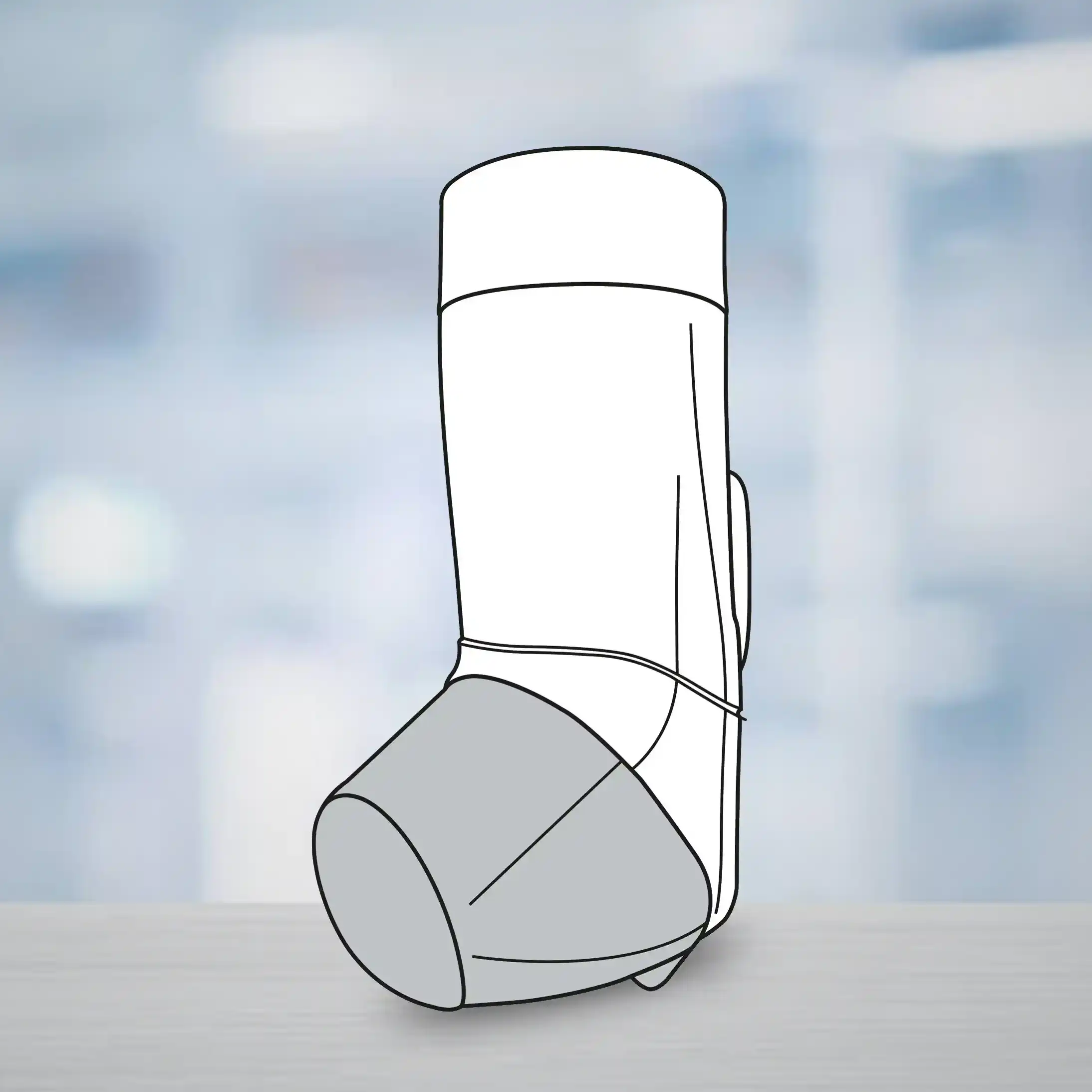Mortality Rates in Patients with a New Diabetes‑Related Foot Ulcer
28 Oct, 24
Introduction
People with diabetes-related foot ulcers (DFUs) have high comorbidity and high mortality rates. According to the available data the five-year mortality rate in patients with DFU was estimated to be approximately 40% and was as high as 63% in patients who had undergone amputation. The inclusion of life expectancy estimates in the management plan for patients with DFU may aid in better treatment formulations for these patients.
Aim
To assess the impact of selected risk factors on short-term mortality in patients with DFU, using data from the National Diabetes Foot Care Audit (NDFA).
Patient Profile
- Study group: Participants from the NDFA with a new DFU with a 52-week follow-up.
- Secondary cohort: People with diabetes (to facilitate comparison of the demographic and clinical characteristics of people with a DFU)
Methods
Study Design
- An observational study
Outcomes
- Mortality rates at 12, 26 and 52 weeks after the first ulcer.
Results
- A total of 71,000 people registered with a new DFU. The median age of the study population was 71 years, 83.7% had type-2 diabetes mellitus (T2DM), 13.4% had type-1 diabetes mellitus (T1DM), and the remaining 2.9% had other or unknown types of diabetes.
- The median SINBAD (the site, ischemia, neuropathy, bacterial infection, area and depth) score for the entre cohort was 2, with 43.1% having a score of ≥3. With regards to SINBAD sub-categories, 48.6% had an ulcer greater than 1 cm2 in area, 39.6% had evidence of a bacterial infection, 16.9% had a deep ulcer (to muscle/bone), 19.3% had an ulcer on the hindfoot, 34.9% had evident peripheral arterial disease (ischemia), and 75.3% had evident neuropathy.
- Nearly 3.4% of the patients had received renal replacement therapy (RRT) in the year preceding first registration, and 24.9% had evident CKD at stage 3 or greater, but had not received RRT.
- Compared to the individuals with diabetes those with DFU were more likely to be male (67.7% 55.7%, p<0.0001), older (median age 71 years vs. 65 years, p<0.0001), and to have a longer duration of diagnosed diabetes (median 15 years vs. 8 years, p<0.0001).
- The mortality rates in patients with DFU at 12, 26 and 52 weeks were 4.2%, 8.2% and 14.4%, respectively (Fig. 1). Factors associated with mortality at 12 and 26 weeks were similar.
Fig.1: Mortality at various time-points during the study
- The 26 week mortality rates were higher in those with older age (rate ratio: 2.15; 95% CI 2.03, 2.28, for age ≥80 years age 65–79 years), certain ulcer characteristics [area ≥1 cm2 (1.50; 95% CI 1.42, 1.59), deep ulcers (1.26; 95% CI 1.18, 1.35) or hindfoot location (1.53; 95% CI 1.44, 1.62) and evident ischemia in the lower limb (1.78; 95% CI 1.69, 1.88)] and various comorbidities [heart failure (2.13; 95% CI 2.00, 2.26), myocardial infarction (1.45; 95% CI 1.29, 1.63), stroke (1.37; 95% CI 1.22, 1.53), RRT (2.34; 95% CI 2.09, 2.61) and chronic kidney disease stage 3 or greater (1.20; 95% CI 1.12, 1.29)].
- The 26-week mortality rate was above 25% for 7.3% of all individuals, increasing to 11.5% for those aged ≥65 years, and 22.1% of those aged ≥80 years. The mortality rate at 26 weeks was lower in patients with T1DM those with T2DM (rate ratio 0.90; 95% CI 0.81, 1.00).
- The 52-week mortality rate was higher in older patients (rate ratio 2.11; 95% CI 2.01, 2.20 for those aged ≥80 years those aged 65-79 years old). Patients with T1DM had a lower mortality rate vs. those with T2DM (rate ratio: 0.92; 95% CI 0.86, 1.00). The associations between mortality and ulcer characteristics and cardio-renal comorbidities at 52 weeks were similar to that observed at 12 and 26 weeks.
Conclusions
- Older people with DFU and cardiovascular or renal comorbidities have very high short-term mortality rates.
- Mortality rates were also associated with ulcer position, area and depth.
- Better understanding of the significance of these factors for life expectancy may help develop a holistic approach to the delivery of overall care in this increasingly elderly group.
Diabetologia. 2024 Sep 27 (Online Ahead of Print); doi: 10.1007/s00125-024-06262-w.

.svg?iar=0&hash=B8F025B8AA9A24E727DBB30EAED272C8)








